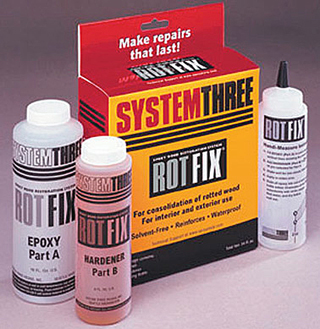
I am restoring an old oak rocking chair that has been outside in the weather. I have sanded down the chair, removing the old dirty surface. The oak wood seems to be unusually soft on the surface. I plan to use spar varnish on the new surface. Is there anything special that I should do to prepare the chair for finishing? – Bill Barker
Tim Inman: That soft surface is evidence, more than likely, that the wood fibers have been broken down by the sun. Ultraviolet light and weather destroy everything. UV light attacks the lignin that holds those wood fibers together. Then, the actual cellulose of the fibers begins to decay. Water just hurries things along. Sometimes one can sand off the ruined surface and expose a nice new one to finish and enjoy. Other times, the damage is too deep. Varnish alone will not “consolidate” the surface and make it hard enough for use. There are things like epoxies and polyesters which can be used. Caution: Test first to be sure this will be right for you. The damage you’re seeing is part of the history of that chair. Maybe you could keep some of the damage, and tolerate the imperfection, without doing further damage to the wood.
Chris Marshall: Bob, if you try to use an epoxy-based repair system to reinforce the spongy wood (such as the one shown here from System Three), then follow that with spar varnish, I would definitely try it on some scrap wood first. Or, maybe some inconspicuous place on the actual chair. I would want to be sure the spar varnish and cured epoxy are compatible with one another. You should also investigate if the repaired areas will look different than the unrepaired areas under your new varnish. If the epoxy makes the repair areas look “patchy” in the end, it might not be worth the time and effort. As Tim says, you may want to just live with it “soft” and consider that to be part of the old chair’s character.





